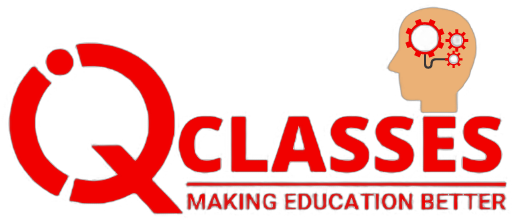Class XII ISC Chapter 3D Exercise 2.5
Explore our extensive collection of Three-dimensional questions, tailored for class 12 students following the ISC curriculum. This topic is vital for understanding how to optimize a particular outcome given certain constraints. Our practice questions cover various aspects of Linear Programming, including formulating linear inequalities, graphical methods, and finding optimal solutions. Whether you're looking to strengthen your problem-solving skills or prepare for your exams, these questions provide the perfect resource to master Three-dimensional concepts with ease.
class 12 Three-dimensional exercise2-5
Three-dimensional
Select Exercise
Q1
(i) Find the direction cosines of the normal to the plane 2x + 3y-z-7=0.
(ii) Find a unit normal vector to the plane 2x — 2y-z-5=0.
Q2
Find the cartesian equation of the following planes :
(i) r→-(i^+j^-k^) =2
(ii) r→ +(5i^+7j^-11k^) =14.
Q3
Find the vector equations of the following planes :
(i) 3x+7y-6z=5
(ii) 9x-2y-5z+3=0.
Q4
(i) Find the equation of the plane passing through the point (2, -3, 1) and perpendicular to the line whose direction ratios are < 3, -1, 5>.
(ii) Find the equation of a plane which bisects the line segment joining the points A(2, 3, 5) and B(4, 5, 7) at right angles.
(iii) Find the equation of the plane passing through the point (4, -1, 2) and perpendicular to the line x-1 / 2 = y-2 / 3 = z-3 / 4
Q5
(i) Show that the line , x-2 / 1 = y+2 / -1 = z-3 / 4 parallel to the plane x + 5y +z =7.
(ii) If the line x+1 / 3 = y-2 / 4 = z+6 / 5 is parallel to the plane 2x — 3y + kz = 0, then find the value of k.
Q6
(i) Write the image of the point (—2, 3, 5) in the plane XOY.
(ii) Write the image of the point (—4, -3, 6) in the plane YOZ.
(iii) Write the coordinates of the point which is the reflection of the point (α, β, γ) in the xzplane.
(iv) Write the image of the point (2, -3, -1) in the plane r→ +j^ =0.
Q7
If the vector equation of a plane is r→.(2i^ +2j^- k^) =21, then find the length of perpendicular from the origin to the plane.
Q8
(i) Find the vector equation of the plane which is at a distance of 6/√29 units from the origin and its normal vector from the origin is 2i^ -3j^+4k^. Also find its equation.
(ii) Find the vector equation of a plane which is at a distance of 5 units from the origin an has < 2,—1, 2> as the direction numbers of a normal to the plane.
Q9
In each of the following problems, determine the direction cosines of the normal to the plane and its distance from the origin :
(i) 2x-3y +4z-6=0
(ii) 3x+5=0.
Q10
(i) Find the vector and the cartesian equations of the plane that passes through the point (1, 0, 2) and normal vector to the plane is i^+ j^ - k^
(ii) Find the vector and the cartesian equations of a plane through the point with position vector 2i - j +k and perpendicular to the vector 4i^ + 2 j^-3k^.
Q11
(i) If the foot of perpendicular drawn from the origin to a plane is (12, -4, -3), find the equation of the plane in vector as well as cartesian form.
(ii) Find the equation of the plane passing through the point (2, -3, 1) and perpendicular to the line joining the points (4, 5, 0) and (1, -2, 4).
Q12
What is the length of perpendicular drawn from origin to the plane r→(2i^ - 3j^ + 6k^) + 35 = 0? Also write a unit vector normal to this plane directed from the origin to the plane.
Q13
(i) Find the vector equation of the line passing through the point (1,-1, 2) and perpendicular to the plane 2x - y + 3z=5.
(ii) Find the equation of the line passing through the point with position vector i^- j^ + 2k^ and perpendicular to the plane r→(2i^ - j^ + 3k^) = 5,
Q15
(i) Show that the line r→ =i^+j^+λ(2i^ +j^ +4k^) lies in the plane r(i^ +2j^-k^) =3.
(ii) If the line x-2 / 3 = y-1 / -5 = z+2 / 2 lies in the plane x + 3y — αz + β = 0, then find the values of α and β.
(iii) Show that the line r→ =(2i^- 2j^+3k^)+λ(i^-j^+4k^) is parallel to the plane r→(i^+5j^+k^) =7.
Q16
(i) Find the point where the line x-1 / 2 = y-2 / -3 = z+3 / 4 meets the plane 2x + 4y-z=1.
(ii) Find the coordinates of the point where the line through (3, —4, -5) and (2, -3, 1) crosses the plane 2x + y+2z=7.
Q17
(i) Find the distance between the point (-1, -5, -10) and the point of intersection of the line x-2 / 3 = y+1 / 4 = z-2 / 12 and the plane x-y+z=5 = 5,
(ii) Find the distance of the point (2, 12, 5) from the point of intersection of the line r→=2i^ -4j^+2k^+λ(3i^ +4j^ + 2k^) and the plane r→(i^-2j^ +k^) =0.
Q18
Find the equation of the line passing through the point P(4, 6, 2) and the point of intersection of the line x-1 / 3 = y / 2 = z+1 / 7 and the plane x + y-z = 8.
Q19
Find the point where the line joining the points (1, 3, 4) and (—3, 5, 2) intersects the plane r→ (2i^ + j^ +k^) +3=0.Is this point equidistant from the given points?
Q20
Find the distance of the point (3, 4, 5) from the plane x + y + z = 2 measured parallel to the line 2x = y =z.
Q21
In each of the following problems, find the coordinates of the foot of perpendicular drawn from the origin to the plane :
(i) x+y+z=1
(ii) 2x + 3y + 4z-12=0.
(iii) 5y+8=0
Q22
(i) Find the length and the foot of perpendicular drawn from the point (2, 3, 7) to the plane 3x- y- z=7. (ii) Find the length and the foot of perpendicular drawn from the point (1, 1, 2) to the plane r→(2i^-2j^ +4k^) +5=0.
Q23
From the point P(1, 2, 4), a perpendicular is drawn on the plane 2x + y - 2z + 3 = 0. Find the equation, the length and the coordinates of the foot of perpendicular.
Q24
(i) Find the image of the point (1, 2, 3) in the plane x + 2y + 4z = 38.
(ii) Find the image of the point having position vector 3i-2j+ k in the plane r→(3i^-j^ + 4k^) =2.
Q25
Prove that the normals to the planes 3x-2y+5z=7 and 4x+11y+2z+1 = 0 are perpendicular to each other.


Add a comment